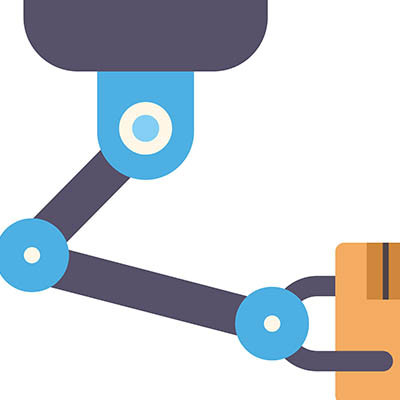Prevention is better than a cure, as it prevents your business from ever experiencing the problem in the first place. This is especially true for your technology. When businesses invest in IT, they can do so for one of two reasons: they are repairing problems that are costing them in downtime, reputation, and capital, or they are actively preventing those problems through smart implementation of IT. Which side do you want to be on?
We offer preventative services that can help you control the cost of your IT solutions like never before, and here’s how we do it.










